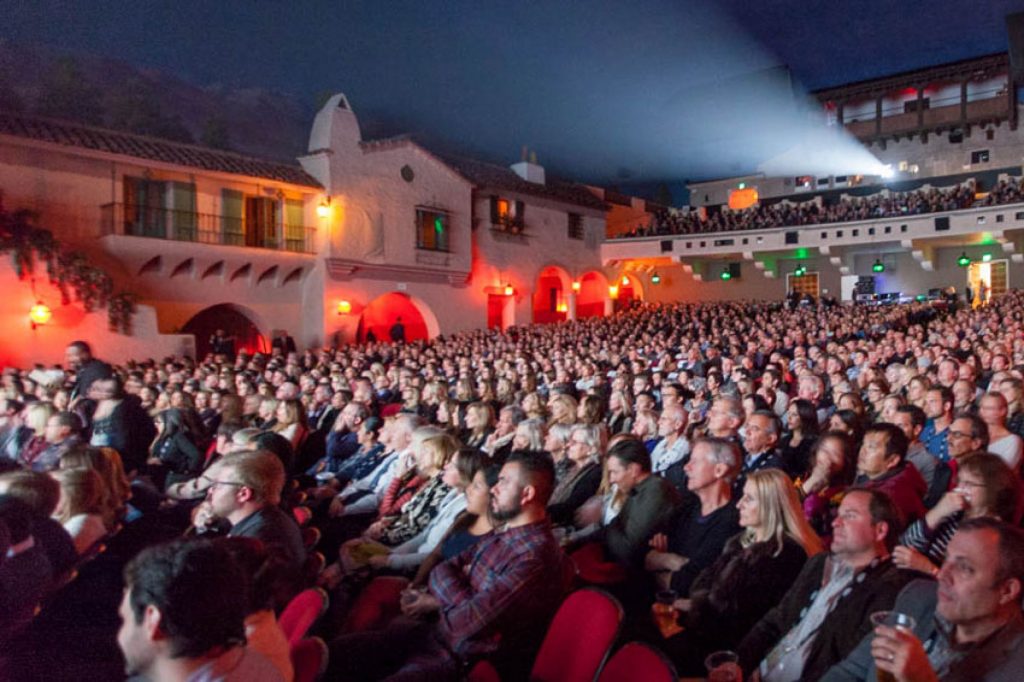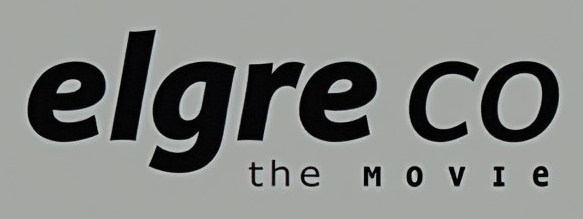Why the use of video watermarking is very important for the streaming of content from online film festivals
4 min read
As a consequence of the COVID-19 outbreak, travel restrictions, theatre cancellations, and a statewide lockdown, film festivals have been obliged to rethink both the techniques by which they conduct their operations and the means by which they attract new participants. This is due to the fact that the outbreak has led to limitations on travel, cancellation of theatre performances, and a lockdown across the entire state. Film festivals are increasingly turning to streaming services in order to screen movies that have not yet been released in theatres as well as movies that have been chosen by the organisers of the festival. These movies can be viewed alongside movies that have been screened at the festival. The filmmakers will give prerecorded remarks and participate in live video chats, both of which will be streamed by the event’s organisers in order to enhance the quality of the filmmakers’ virtual experience.
As a direct consequence of this, cybercriminals are significantly more likely to steal content off of the internet, most notably unreleased movies. The B2C SVOD services domain has recently experienced tremendous expansion, and the identical concepts of identity management and credential sharing can be applied to virtual film festivals with the same level of success. Both the absence of any form of physical control or enforcement during movie premieres and the movement of premium content from public to private places contribute to the significantly simplified process of screen capturing. Additionally, the movement of premium content from public to private places also helps to facilitate this process.
Using content that is protected by DRM protected content is one method that organisers and distributors have implemented in order to prevent pirates from accessing premium streaming content. Another method is to use content that is protected by a combination of DRM and other security measures. Though digital rights management (DRM) is the more popular method, recordings of live streams can also be utilised in this fashion. The use of forensic watermarking, which is a sort of video protection technology, is an efficient method for preventing the theft of digital content and establishing ownership, copyright, and authenticity. This is because forensic watermarking is a digital fingerprint that can be read by a computer. Forensic watermarking is a form of video protection technology, which explains why this is the case. The encoding of metadata into the video stream can be accomplished through the use of a variety of different watermarking techniques. A user ID, an Internet Protocol address, and time stamps are a few examples of the metadata belonging to this category. This metadata can be used as forensic evidence in order to discover who is responsible for the infringement and locate the source of the violation.
There is a risk that production corporations and independent filmmakers will want a level of precision that cannot be provided by video watermarking. One particular illustration of this idea is the capacity to recognise particular user accounts or streaming sessions. [Case in point] It is feasible to accomplish this goal by utilising a technique known as session-specific watermarking, which entails the incorporation of a digital signature into each unique session. This can be done through the use of a technology known as session-specific watermarking. To build one-of-a-kind manifests for each session, you only need to have two different versions of the information to work with. After that, a content delivery network may store these manifests in its cache on a routine basis (CDN). Because the pertinent session data is saved inside the content itself for processing on the server side, this method does not require the utilisation of any third-party libraries in order to be carried out properly. This is because the processing of the session data takes place on the server.
You will need a platform that not only has the capacity to host these events securely but also provides additional capabilities such as geo-blocking and secure distribution if you want to organise virtual film festivals or award screenings. This is because the platform will need to have the capacity to host these events in a secure environment. If you do not have access to a platform of this sort, you will not be allowed to organise these events. You will be prevented from doing so. Even if real-world festivals are revived, it is quite possible that people would continue to hold celebrations on virtual platforms like these even after the real-world events resume. This is because they have been effective in both acquiring new viewers and growing their overall viewership, which has led to this result.






